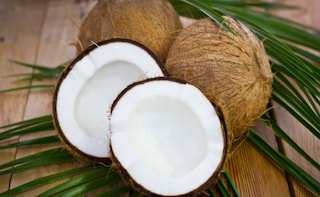Sweet things in life are always welcome; it's a little mix of sourness that makes it an exciting, joyous ride. If there is a match made in heaven, I think it would definitely include 'sweet and sour'. The two distinct flavour profiles in the culinary world have contributed to creating some of the most spectacular dishes of all time. While there are various ingredients that are used to build on these flavours, there's a particular one that has always caught my fancy - vinegar, the souring agent.
In India, you will commonly find it served in a bowl along with slices of green chillies at local eating joints or restaurants. My mother would often caution me of putting too much vinegar in my food. She has always been apprehensive of it. Even while preparing achaar, or making her list of kitchen essentials, she would give it a skip.
In India, you will commonly find it served in a bowl along with slices of green chillies at local eating joints or restaurants. My mother would often caution me of putting too much vinegar in my food. She has always been apprehensive of it. Even while preparing achaar, or making her list of kitchen essentials, she would give it a skip.
Advertisement
Advertisement
Advertisement
Advertisement
For the latest food news, health tips and recipes, like us on Facebook or follow us on Twitter and YouTube.
Advertisement
Tags:
